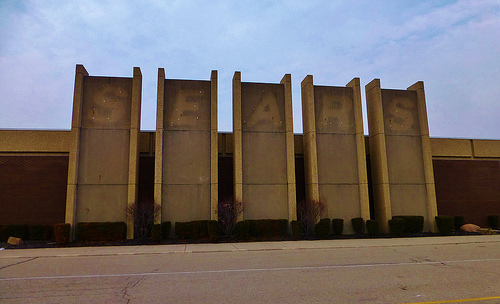
Sears was on-point around the year 1973, when it constructed the then tallest building in the world: the Sear’s tower. The retailer started in 1886, when Richard Sears sold watches at a train station in Minnesota. Due to his success, Mr. Sears moved to Chicago and started distributing a mail-order catalog. Along with his partner Alvah C. Roebuck, Sears eventually grew to present a 500 page catalog that clothed, housed, and provided for generations of Americans. It’s too bad that when a new generation of large retailers came onto the scene, Sears wasn’t able to adapt. After opening up their first retail store in 1925, Sears lost sight of what they did well (namely, work as a marketplace without brick and mortar stores) and was soon found in most towns in America. Playing the new large retailer game, they were pitted against retailers like Wal-Mart and Kmart, and by 1992 were bleeding money in the form of $2.3 billion in losses, and the need to cut 47,000 jobs. It’s a bit ironic that Sears failed to adapt by adapting. A modern catalog-based Sears (ie. the internet) sounds a lot like Amazon. Though Sears has tried to turn its weakness (massive costs attached to tons of retail space) into a profit by opening up 3,800 of its stores to other retailers, it also looks like the 120+ year old retailer is headed for bankruptcy. Time will tell.